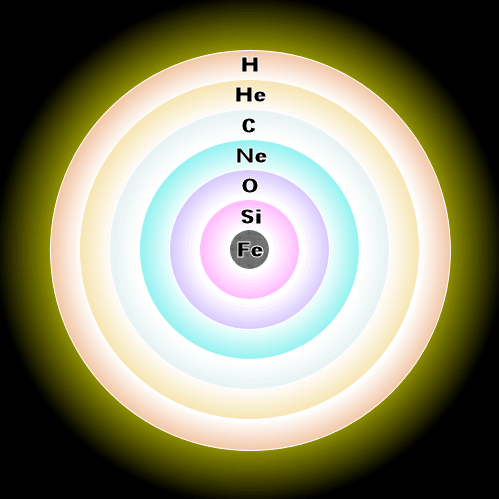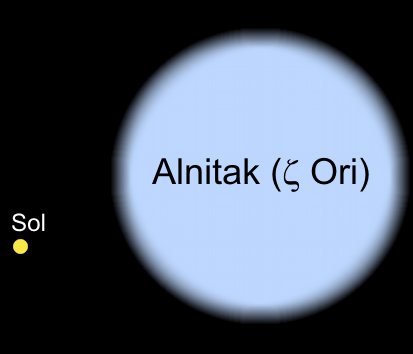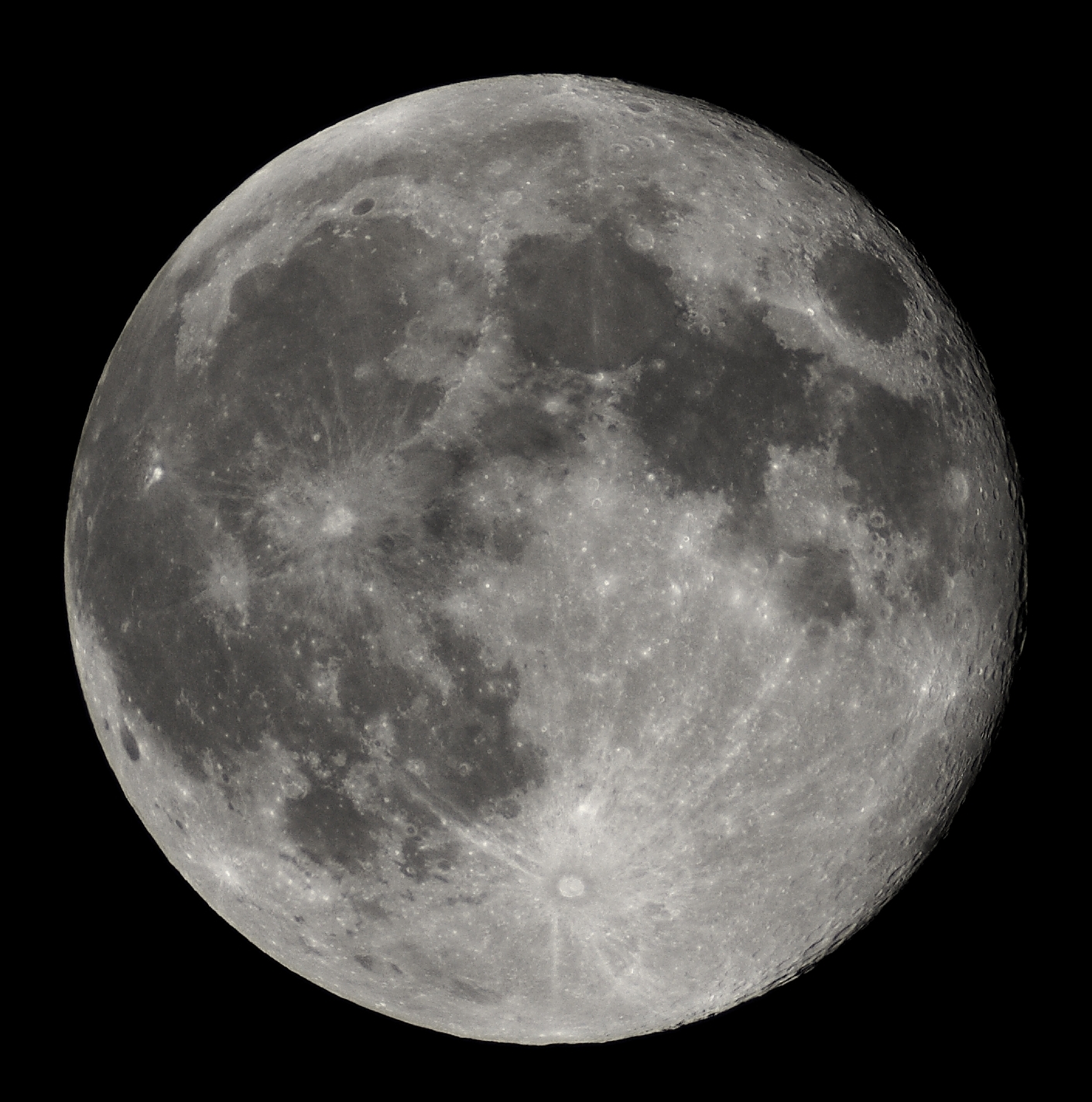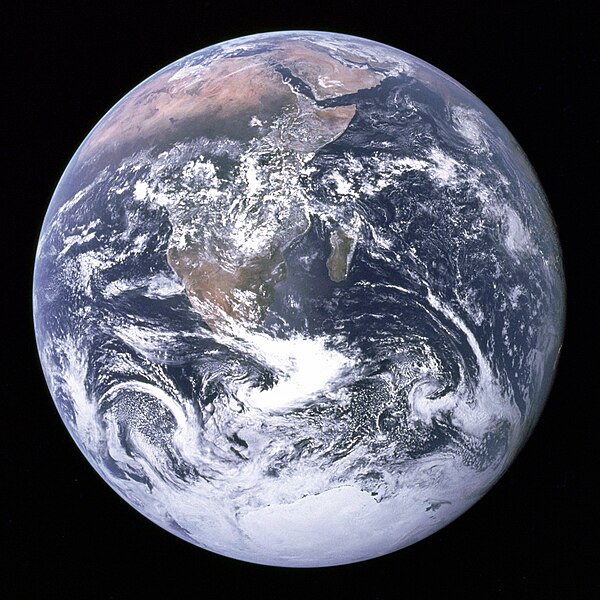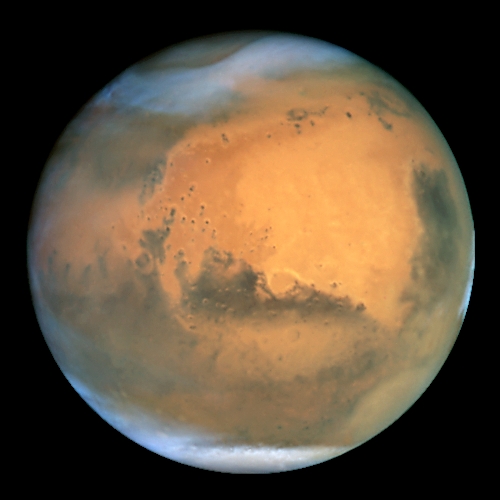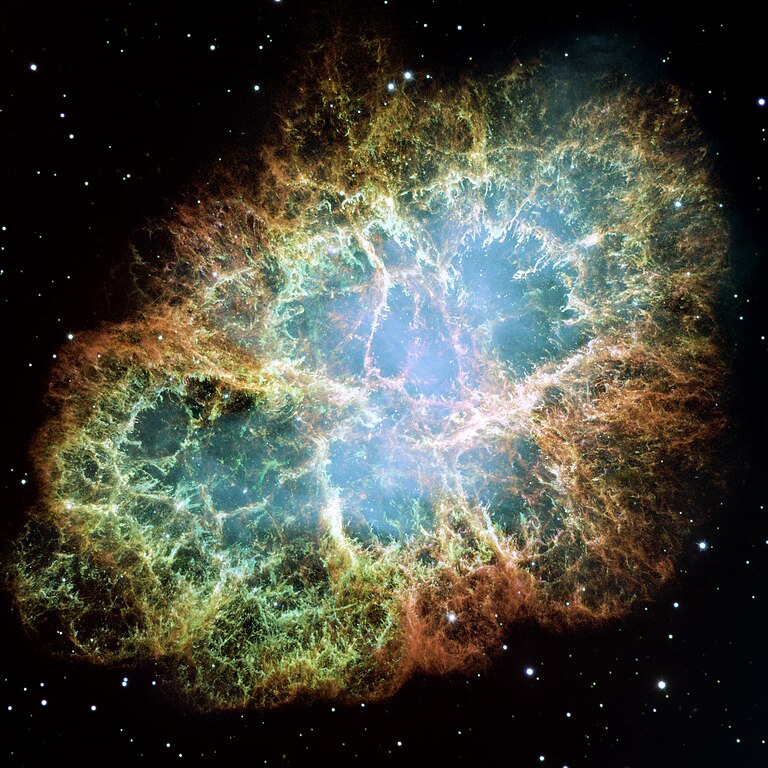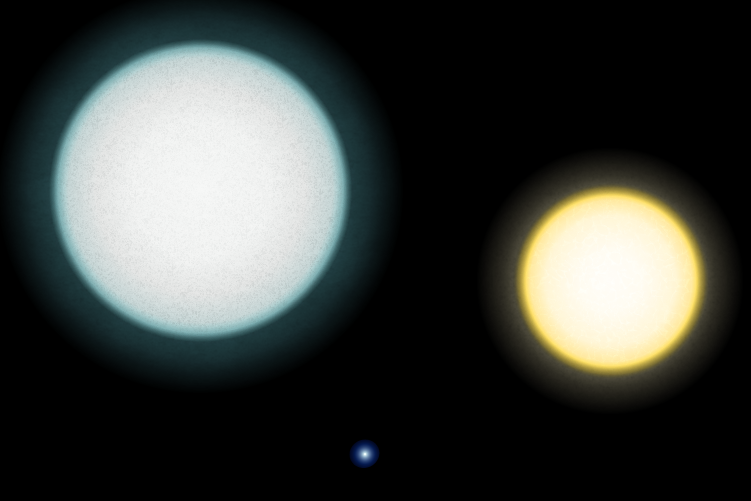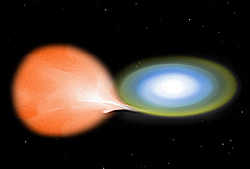The Solar System Story by Christopher Richard Rampson
Published by Christopher Richard Rampson Detroit Michigan, USA
Blog site: FBG2BM.blogspot.com -- Purchase this book at: https://www.createspace.com/3406599
or Amazon
Copyright © 2009 Christopher Richard Rampson - All rights reserved.
No part of this book may be reproduced in any form, except for the inclusion of brief quotations in review, without permission in writing from the author/publisher.
ISBN 1-449567-69-X
EAN-13 9781449567699
First Edition Printed in the US by CreateSpace.com
Most of the pictures and some of the text of this book have come from Wikipedia.org. Specifically from the following articles:
Star, Sun, Mercury, Venus, Earth, Moon, Mars, Asteroid Belt, Jupiter, Saturn, Uranus, Neptune, Pluto, Kuiper Belt, Comet_Shoemaker-Levy_9, Multiple Star, Supernova, Supernova Remnant, Cannon, Giant Impact Hypothesis, Neutron Star, Nova, White Dwarf, Red Giant, Blue Giant, Planetary Nebula, and many more.
Wikipedia has been a great reference for my research. Most of Wikipedia's text and many of its images are dual-licensed under the Creative Commons Attribution-Sharealike 3.0 Unported License
http://en.wikipedia.org/wiki/Wikipedia:Text_of_Creative_Commons_Attribution-ShareAlike_3.0_Unported_License (CC-BY-SA) and the GNU Free Documentation License
http://en.wikipedia.org/wiki/Wikipedia:Text_of_the_GNU_Free_Documentation_License (GFDL)
NASA copyright policy states that "NASA material is not protected by copyright unless noted". (NASA copyright policy page
http://www.jsc.nasa.gov/policies.html#Guidelines or JPL Image Use Policy http://www.jpl.nasa.gov/imagepolicy)
Cover Image
http://upload.wikimedia.org/wikipedia/en/f/f3/090810161208-large.jpg
Dedications
I met Douglas Adams once (it was at a book signing in Ann Arbor in the mid 80's). The man was larger than life, and when I say that he was larger than life - I mean literally. He had an enormous head that was punctuated with his thick curly black hair. His hands had equally gigantic proportions - he must have had quite some difficulty in using a keyboard (an affliction that I am well acquainted with). With a stroke of a pen he created my most prized literary possession - a 1st edition (now autographed) copy of So Long and Thanks for All the Fish. Our entire conversation consisted of "Hi" and "Bye", but I was struck by his calm assertiveness and the way he carried himself (I had plenty of time to observe him as I waited in line for what seemed an eternity).
Although he is known as a humorist, his seemingly "ridiculous" characters and situations in his widely acclaimed Hitchhikers Guide to the Galaxy (5 book) Trilogy (I highly recommend it) were more than comedic genius. They were key to my own exploration of Astronomy. His approach to the cosmos inspired me greatly and I will utilize his genius to find The Question to the answer of (What is) Life, the Universe and Everything.
I never met Carl Sagan, but I do share his birthday. He created the most important public television series of all time - Cosmos. His soothing voice and genuine excitement for Astronomy make this program a must see for all ages. He was able to explain many scientific theories and present data in a very easy to understand (and never boring) format. I think he will always be remembered for his "billions and billions" sound bite which epitomized his sheer delight at the Cosmos topics.
Sagan's influence on me was profound. I had always been an Astronomy buff, and seeing Cosmos (when I was in my teens) piqued my curiosity. So much was known about the Universe, but so much was still unanswered. He made me want to know more - and thus became the driving force behind my many years of pondering the cosmos. My greatest hope is to be considered on par with him and his accomplishments.
My best friend Lance Reinhardt was probably the greatest influence on me. He taught me strength (his 31 years as a quadriplegic without ever being depressed about it). He taught me faith (you can believe in god without having to deal with organized religion). He taught me patience (nothing happens quickly when you’re a quad). He brought me back from despair and gave me a reason to live. This book is for you Lance.
Thank all of you Douglas, Carl and Lance -
may you all rest in peace.
Introduction
Where do we come from? This is arguably the most important question facing all of mankind. Over the years, many have attempted to explain the when, where, and how of existence. The Bible's Book of Genesis attempts to do this and Douglas Adams' own "What is Life, the Universe and Everything?" question posed to Deep Thought put his own spin on this conundrum (you need to read the Hitchhiker's trilogy to find the answer to that question . . .).
This question really has 2 parts - What happened before life existed, and the history of life (forms). Charles Darwin's theory of evolution does a great job of addressing the latter, but scientists have done a poor job of addressing the former. There is the Big Bang Theory about how the Universe started - but from that point on to where Mr. Darwin picks it up there are unsatisfying theories with many holes.
This book attempts to explain the chronology of our Solar System - from the Big Bang to the emergence of life on Earth.
I approach this investigation from my background in Geology (B.S. University of Michigan '85), which allows me to understand planetary processes (and exploration). My lifelong fascination with "space" and its stars and planets give me the interest and drive to create a workable theory. I think of myself as "The stupidest genius" i.e. I am smart enough to be invited to a MENSA party of geniuses - but everyone there would consider me the "dumb one" (or more correctly, the slow one) in the room. My greatest strength is my analysis skills - I am a problem solver, and I consider this investigation to be a great opportunity to test my skills. In the end, it took me years of research, thinking and bouncing ideas off of others to come up with this book (and theory). You would think that with all of the scientific geniuses of Astronomy and (Planetary) Physics that have ever lived, we would already have this theory. Who am I to challenge these titans, and what makes my theory the best (so far)?
First you must understand how things work in the (educational) scientific community. It all starts with a prospective PhD student who must choose a topic for his dissertation that is original (NOTE: I am using "his" as a generic. There are many fine female students that do great work in the sciences, and I highly encourage more to enter this field). In other words, his research must have never been done before by anyone. He spends a few years collecting data and crafting his dissertation, and when he is ready to graduate, he must defend his dissertation from a panel of questioners (with "high" credentials in his area of study). He must be the expert in his area, or he will not graduate.
A student cannot become an expert at everything, which is what would be required of him if he chooses too broad a scope for his research. He would not be able to defend such a dissertation from his questioners. This means that students usually choose a very narrow scope (depth of knowledge vs. breadth) to work with. Think of a picture puzzle with thousands of pieces and he chooses (just) one to concentrate on (describe).
Since dissertations are of narrow scope, some of their conclusions contradict (or just don't agree with) other (closely related) theories. No one gets a PhD for rationalizing contradictory theories, so these contradictions are tolerated (ignored) by scientists. Most will assume that future theories will smooth out the inconsistencies - they're just not significant enough to worry about right now. In the meantime, they have their own (narrow) viewpoint to worry about. Everyone has a piece of the puzzle - but no one is looking at them and arraigning them to produce the finished (picture) puzzle.
Personally, I have a dogged determination to make all the pieces fit together. I don't accept the 80/20 rule (80% done is "good enough" - just ignore the 20% that can't ever be figured out). This brings me to my first guiding principle:
Principle 1: The theory must fit ALL of the data
(in this case - observational data).
The Rampson Theory of Solar System Genesis will attempt to use as much observational data as I personally know of (NOTE: Since Celsius named his temperature scale "centigrade" and years after his death it was re-named after him - I figure no matter what I call my theory, if it's right it will be named after me anyway. So I'm not being egotistical here). I do have a good knowledge of astronomical data, but it's up to the reader to decide if I "got it right".
Principle 2: Occam's razor is in effect.
The simplest explanation is probably the correct one.
I will use this principle to guide me when making choices between conflicting data.
A great many scientists postulate that there are other Earth-like planets out there – perhaps with human (like) civilizations. The SETI (Search for Extraterrestrial Intelligence) initiative records radio-wave emanations from many star systems and uses computers to look for patterns that might indicate intelligent alien worlds. For me, in order to “go where no one has gone before”, I need to do something different from past prognosticators on the genesis of the Solar System. This is the “seed” from which my whole theory springs forth.
Assumption 1: The Earth is unique
(i.e. we are alone in the Universe).
Drawing on inspiration from Douglas Adams, this is where I apply the Infinite Improbability "principle". Say that you are sitting in a spaceship (with "Heart") on the other side of the galaxy. First you calculate the chance (probability) that the Earth is unique in the universe. This should be a very large number (roughly one out of every star in the universe). You take this number (call it lue42) and "plug that into" the Infinite Improbability "drive", and poof! , you are transported to the Earth.
What this means is that when I describe my theory, all of the probabilities of the events I describe must have equal probability with lue42. This means that my theory (model) must contain some really unlikely events (bordering on fantasy). It has to be this way (Douglas Adams said so!), so I ask that you suspend your disbeliefs (take a deep breath) and read the entire theory before you consider if I'm right. Just remember that the probability of anything happening in the Universe is greater than zero . . .
A note from the Author
2009 was a very significant year in science. It is the International Year of Astronomy - let me quote from their website (www.astronomy2009.org) as to why this is.The International Year of Astronomy 2009 (IYA2009) is a global celebration of astronomy and its contributions to society and culture and marks the 400th anniversary of the first use of an astronomical telescope by Galileo Galilei. The aim of the Year is to stimulate worldwide interest, especially among young people, in astronomy and science under the central theme "The Universe, Yours to Discover".
2009 is also the 40th anniversary of the Apollo 11 Moon landing. The amount and quality of scientific data that was collected from this trip is unparalleled in history. This was arguably the greatest achievement of mankind.
2009 is also the 200th anniversary of Charles Darwin's birth. He is arguably the world's greatest known scientist - and most misunderstood. His procrastination almost kept The Origin of the Species from ever being written / published. I will try to learn from his mistakes -which is one reason that this book is finally being published . . .
It is my greatest wish to honor these anniversaries with my attempt to explain the genesis of the Solar System. I hope this work will stimulate people of all ages to discover Astronomy for themselves. If I achieve either of these goals, then it was well worth it to write this book.



